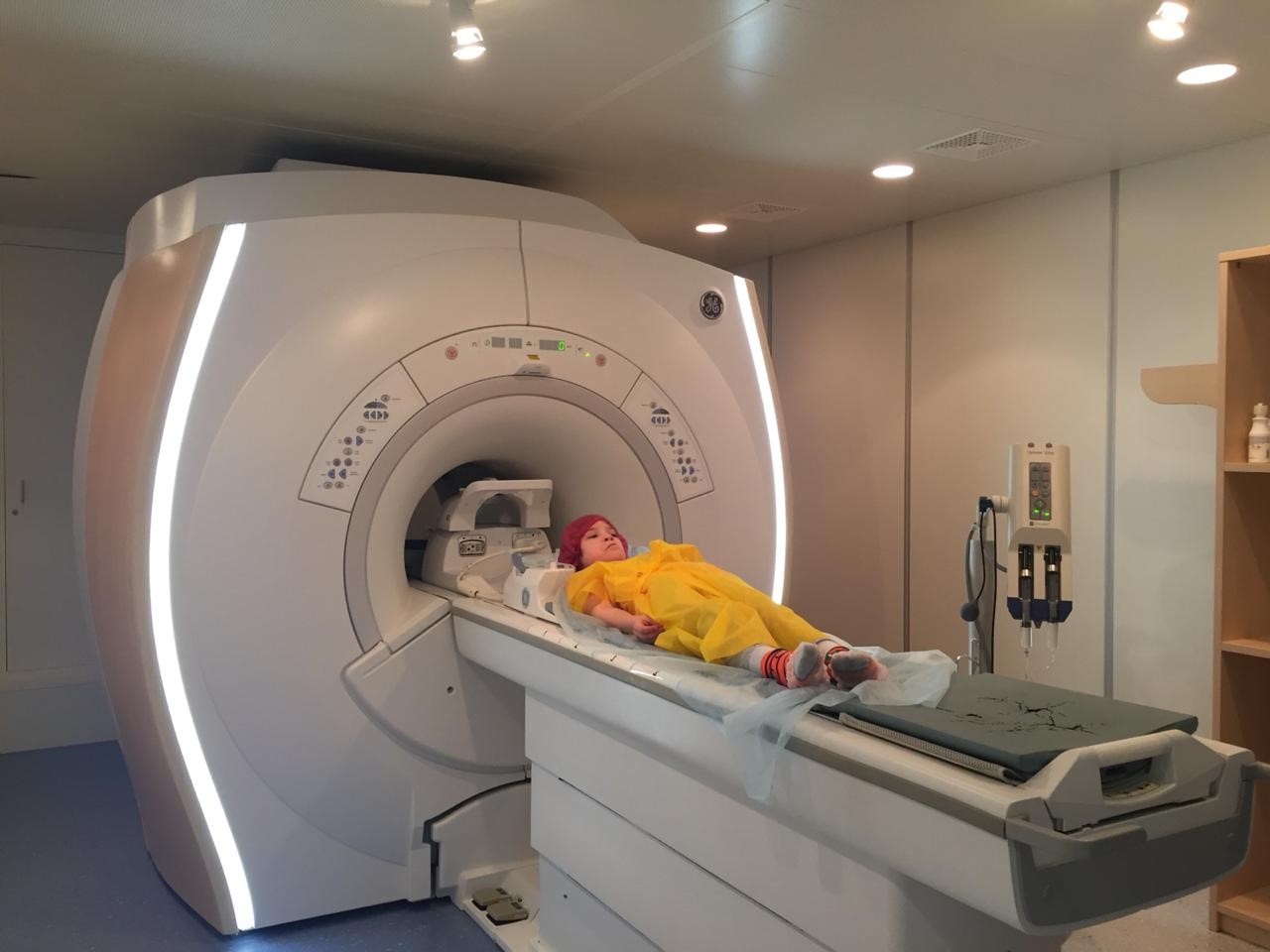"Cognitive features in children with motor disorders: clinical, behavioral and neurophysiological correlates"
During the first year of our interdisciplinary project "Cognitive features in children with motor disorders: clinical, behavioral and neurophysiological correlates" conducted in collaboration between the Center for cognition and decision making of the Institute of cognitive neuroscience, HSE (Moscow) and the Clinic of arthrogryposis in the G. I. Turner National medical research center for pediatrics, traumatology and orthopedics (Pushkin, St. Petersburg) we performed a wide range of experiments and tests in children with arthrogryposis (a rare congenital disorder of motor function) and healthy controls. We made a significant progress in studying the mechanisms of motor and speech functions in arthrogryposis patients and healthy age-matched control children as well as healthy adults. As a result, obtained the main scientific results were in the following areas.
In the HSE, we developed a novel oddball paradigm for evaluating the neural processes of underlying auditory speech comprehension processes. Using this paradigm, we registered the mismatch negativity component (MMN) of the auditory evoked potential and its magnetic equivalent, MMNm. Using a novel magnetoencephalographic approach (MEG) and the multichannel EEG we recorde the spatiotemporal patterns of the brain responses in response to the action- and non-action -related words of Russian language. We specifically focused on how these patterns depend on the speech stimuli semantics, how these patterns vary between healthy adults, health children and children with arthrogryposis. Our approach allows us to study the neurobehavioral features of speech functions in children with arthrogryposis in line with the ideas of the embodied cognition approach on the processing of words having motor semantics.
The newly developed paradigm was tested on healthy subjects (both children and adults) at the Higher school of Economics and on patients with motor disorders at the Turner Institute. The obtained results proved the effectiveness of the paradigm. A full-scale series of MEG-EEG-MRI studies was performed using the original study design to map the speech-related brain activity implicated into the motor semantics processing in 10 children and more than in 40 adults. A preliminary analysis using the distributed source modeling (MNE) of MEG-MRI results was performed, confirming the effectiveness of the developed oddball research paradigm. More than 30 EEG studies of children with arthrogryposis were conducted at the Institute using the oddball paradigm developed at the HSE. The data obtained in both institutions is being analyzed.

The oddball study was also complemented by adding concurrent presentation of the specific video stimuli: a set of dynamic naturalistic videos. The content of these videos was classified by HSE researchers using machine learning algorithms according to the type of hand and/or leg movements performed by the video clips characters. This allowed us to conduct an experimental research of the dynamic neuronal mapping of visual processing of different limb movements under normal (in healthy children and adults) and under pathological conditions. The data processed using the latest analysis approach: the intersubject correlations of MEG/EEG signals.
Were also revealed orthopedic and neuromuscular features of the children with motor disorders (2 papers were published). Psychological and neurophysiological dysfunctions were found in children with motor disorders (2 papers are under review by Q1 journals). A comprehensive assessment of children with motor disorders was carried out by the psychologists, neurophysiologists, speech therapists, neurologists, orthopedists and myographists. The unique data we obtained allows us to link reliably together the various impairments identified in children with motor disorders. The relationship between electrophysiological, psychological, speech therapy, neurological, orthopedic parameters is traced in the study. Taking the results obtained into account, this research topic is extremely promising and requires further development
We developed and implemented the series of behavioral tasks to assess the speech production processes in healthy children and impaired children with arthrogryposis. The block of tests we developed is a precise diagnostic tool for evaluating various components of speech functions at the phonemic, lexical, semantic and other levels. The speech evaluation using these tests is based on various psycholinguistic variables. The behavioral tests were performed to assess the processes of speech generation and compare speech functions in healthy children and in children with arthrogryposis in the Turner Institute.
We developed and applied the experimental protocols of magnetoencephalographic (MEG) studies of cortical activity in children with motor disorders. The results of functional mapping of the cerebral cortex based on MEG and MRI data obtained in children with arthrogryposis, as well as for the age-matched healthy controls and also for the adult controls were reported in the publication we submitted (in English): “S. A. Golosheykin, E. D. Blagoveschenskiy, O. E. Agranovich, M. A. Nazarova, V. V. Nikulin, O. E. Moiseenko, R. W. Chan, A. N. Shestakova. Feasibility and challenges of performing MEG experiments in children with arthrogryposis multiplex congenita. Front Pediatr.” Importantly, the MEG approach to neuronal mapping of proximal muscles is unique, especially in children with arthrogryposis. Such studies have not yet been conducted.

For the first time, we have applied a comprehensive approach to the studying of the orthopedic disorder – arthrogryposis, which is not considered a narrow target of our research. We believe that arthrogryposis is an excellent clinical model for studying the cognitive dysfunctions observed in motor diseases. The complex data obtained in our study allows us to draw extremely interesting preliminary conclusions and will allow us to draw more general conclusions, both fundamental and applied, at the subsequent stages of the interdisciplinary project implementation.
Have you spotted a typo?
Highlight it, click Ctrl+Enter and send us a message. Thank you for your help!
To be used only for spelling or punctuation mistakes.